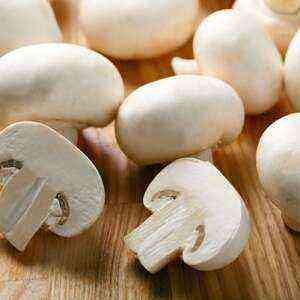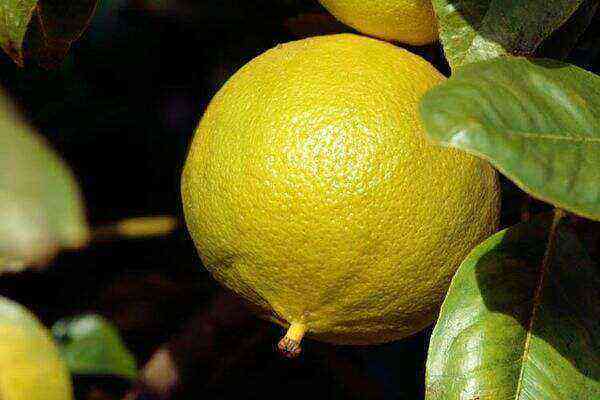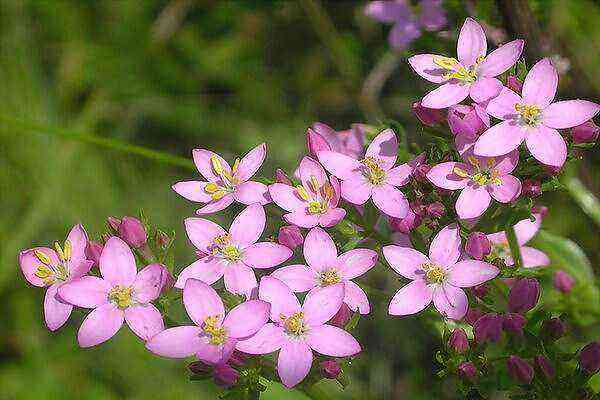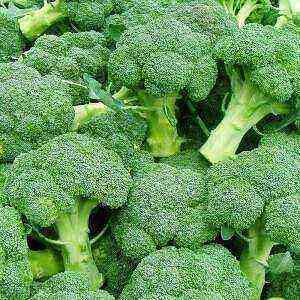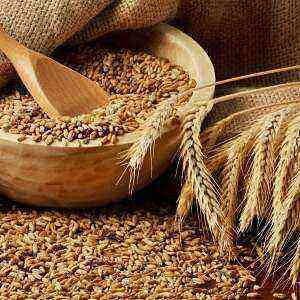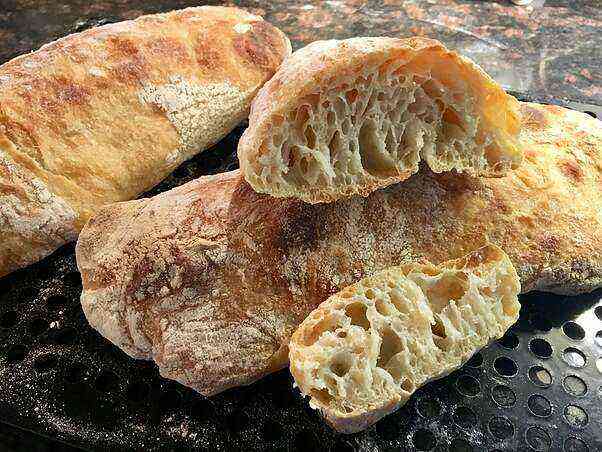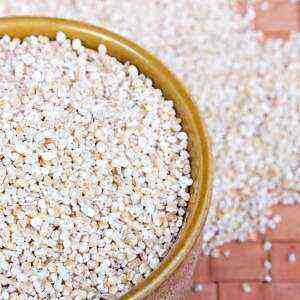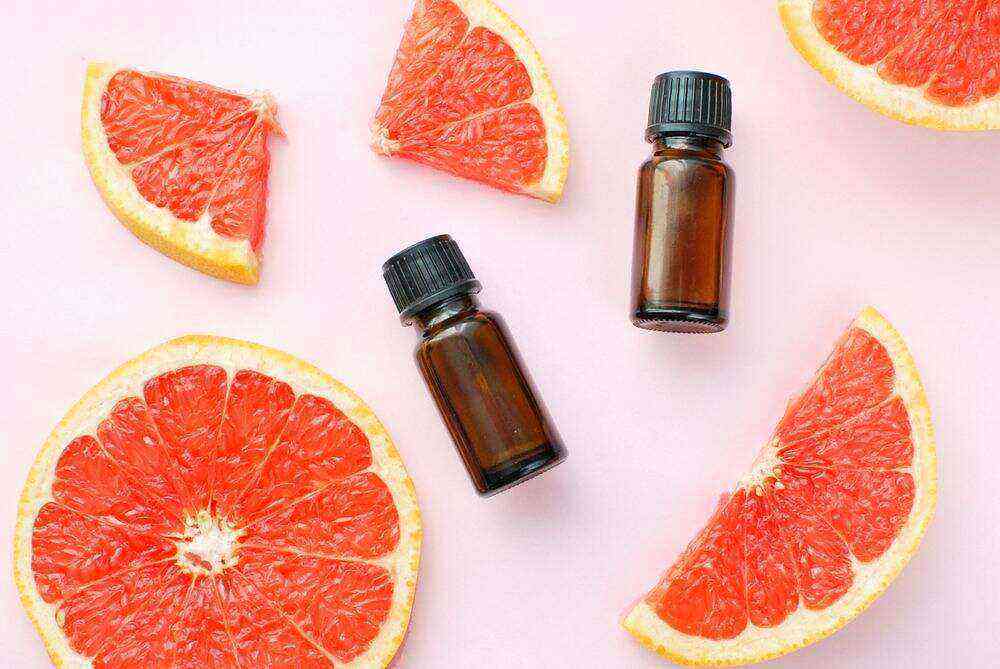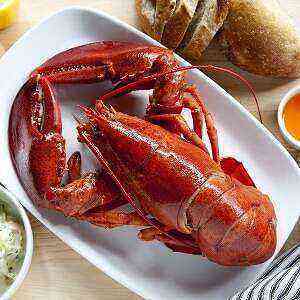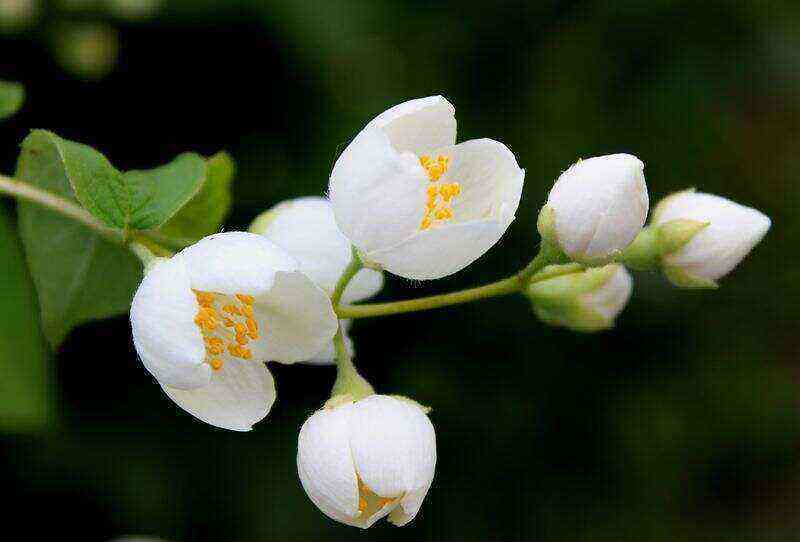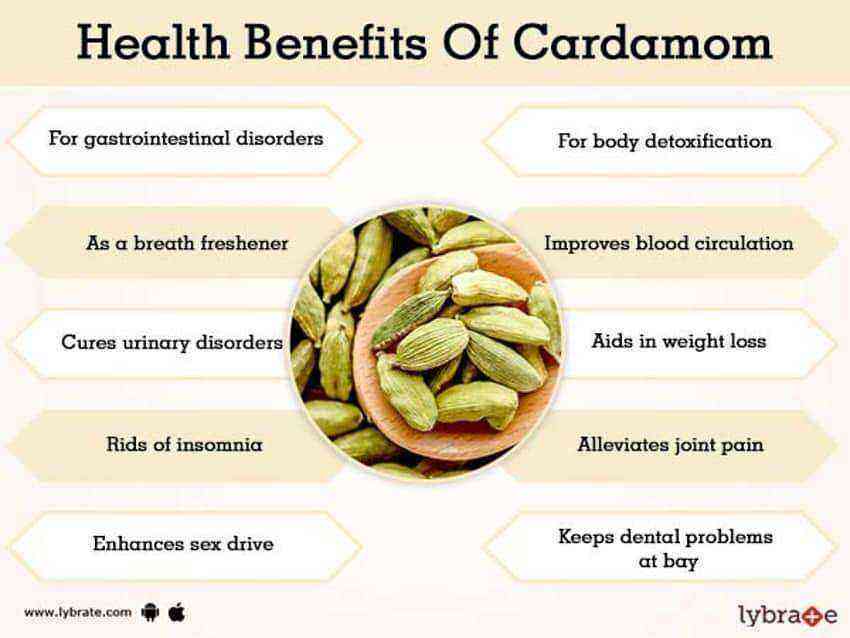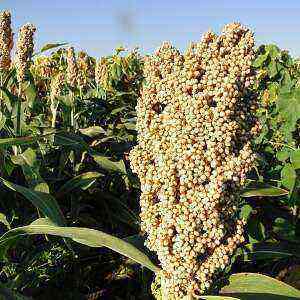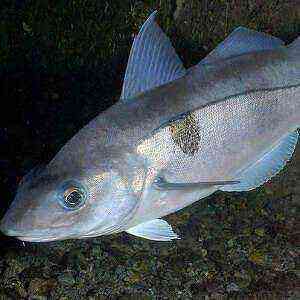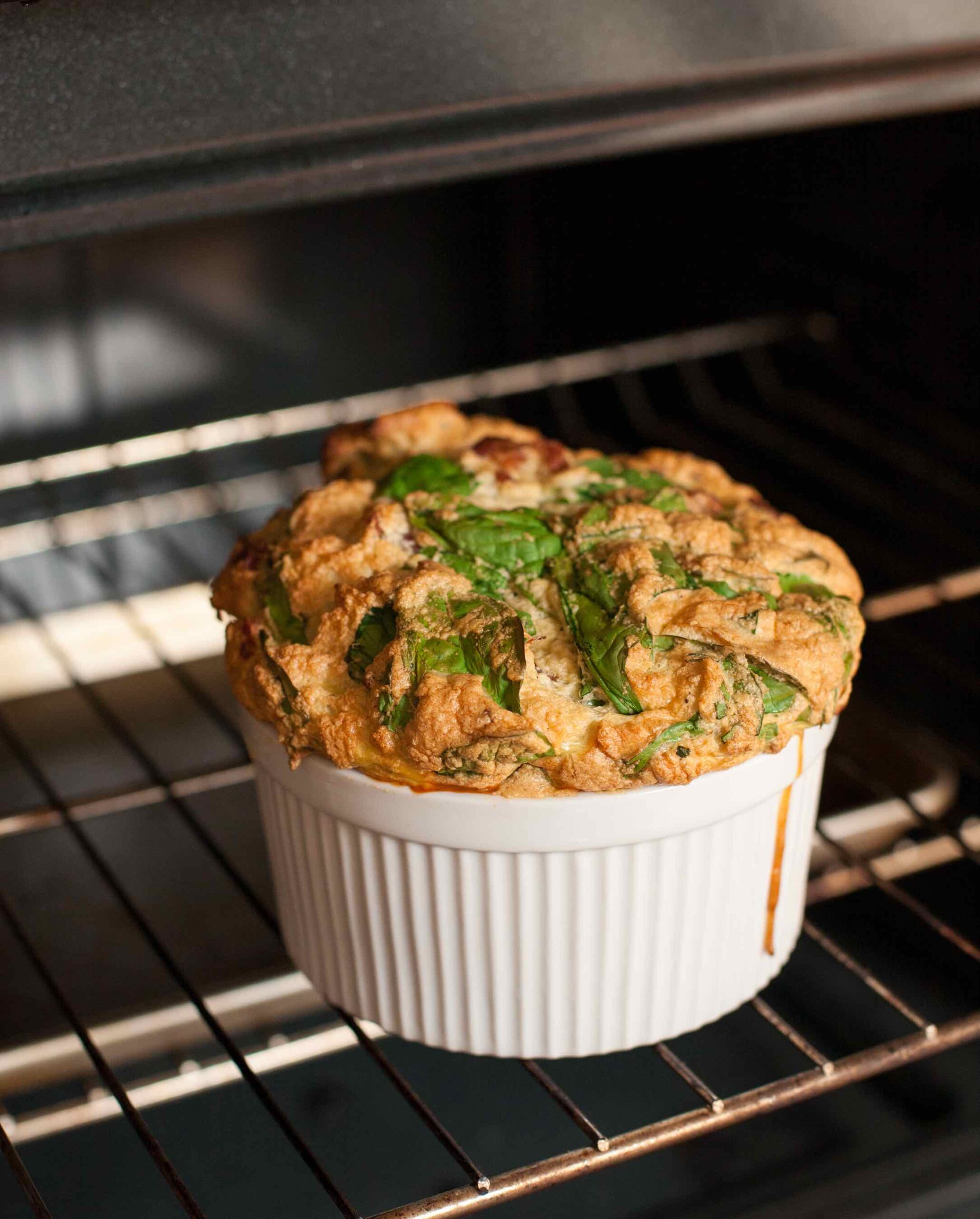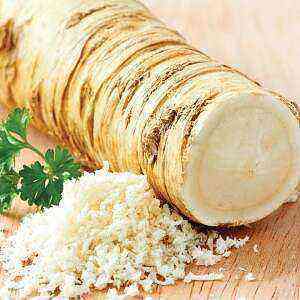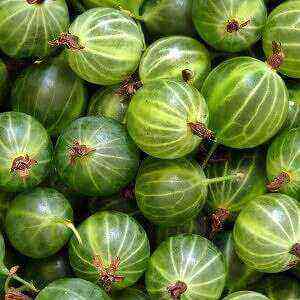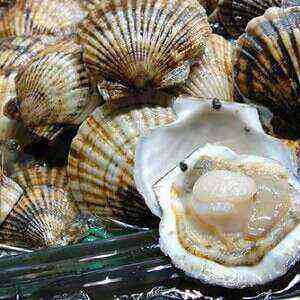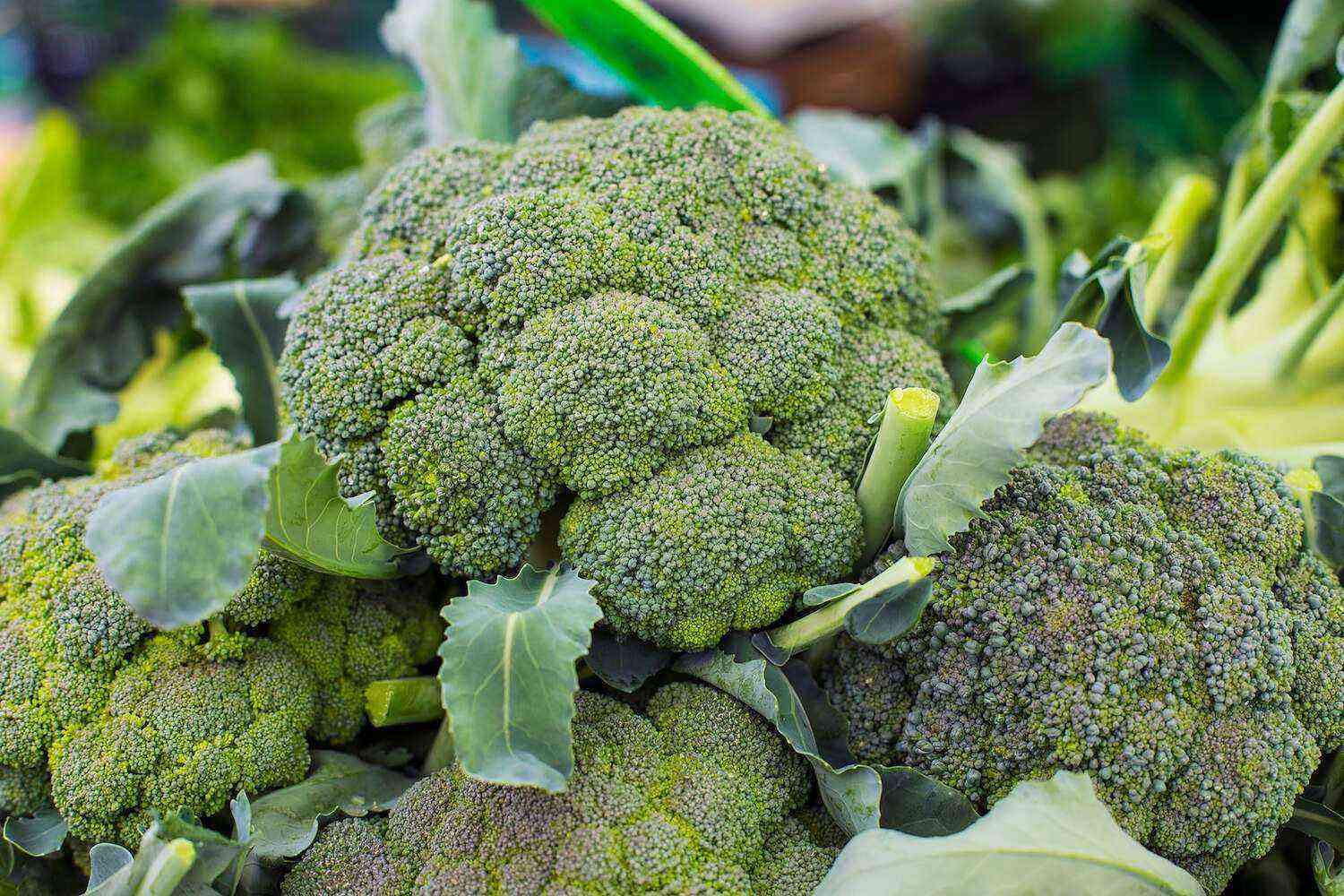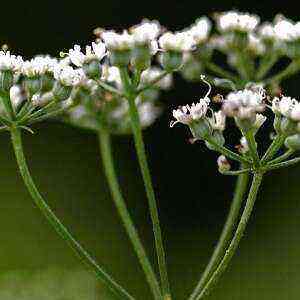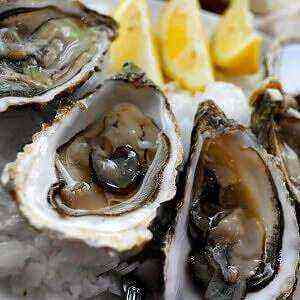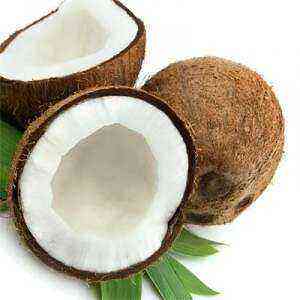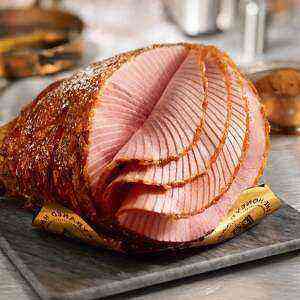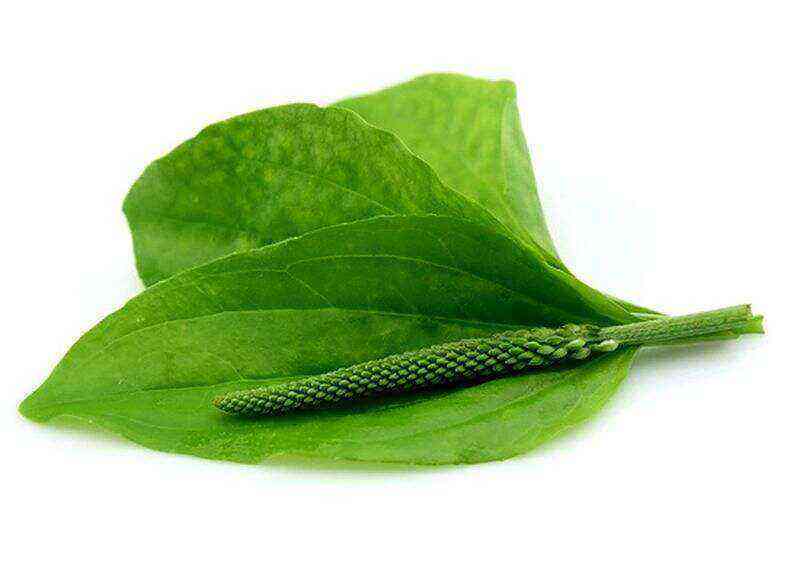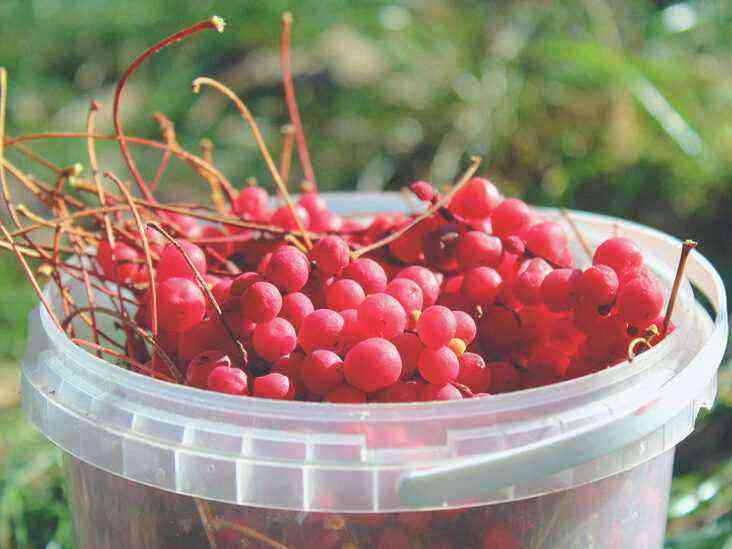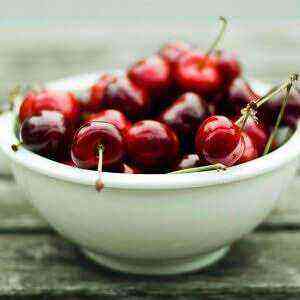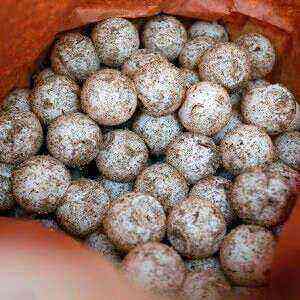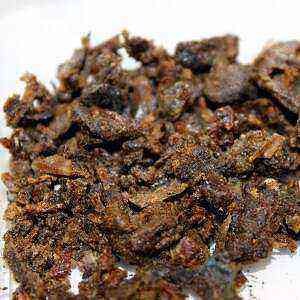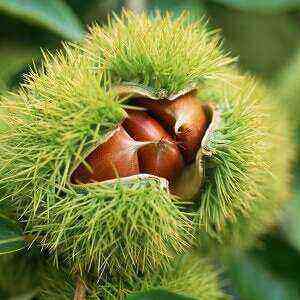
How to recognize edible chestnuts?
Real (edible) chestnuts are large deciduous heat-loving trees from the beech family. In the spring they please with greens, and in the fall – with nuts. Yes, these brown glossy fruits, hidden behind the spiny green skin, are nuts. And in comparison with other fruits from this group, these are rather large nuts with delicate white flesh (usually several nuts are hidden under the protective shell at once). Depending on the species, they can weigh from 8 to 12.
The first and most obvious confirmation of the edibility of the fruit is the appearance of the protective green shell. If it is covered with numerous thin light green thorns, there are edible fruits in front of you. Peel with a relatively small number of thick thorns is an ornamental plant.
There are several varieties of edible chestnuts. The most famous:
- Japanese (gives large sweet fruit in October);
- Chinese;
- sweet (also known as Spanish or Portuguese, native to the European continent);
- American undersized (he is – dwarf);
- american plain
The chemical composition of the fruit
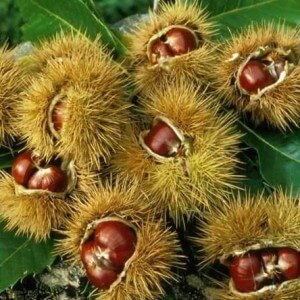
By the way, the presence of vitamin C makes chestnuts special. The fact is that this vitamin is usually not found in nuts, and in chestnut ascorbic acid it is almost 72% of the recommended daily intake. This powerful vitamin antioxidant is necessary for the formation of collagen – a protein responsible for the beauty and youth of the body. It also stimulates the immune system, enhancing its response to infections and free radicals. In addition, chestnuts boast a generous amount of B vitamins and low fat content. The body can also get almost half daily portions of copper and manganese from a 100-gram serving of cooked chestnuts.
Unlike extremely high-calorie walnuts or almonds, chestnuts in 100 grams contain only 200 kcal. At the same time, they are rich in starch, similar to that found in potatoes or corn. And this is also surprising, since starch is a substance unusual for nuts and seeds. They are rich in fruits and carbohydrates, but this should not frighten, because the carbohydrates in these nuts are correct, that is, complex (they do not cause jumps in glucose and will not increase weight in moderate use).
Another amazing characteristic of chestnuts is the significant content of folic acid needed to create red blood cells and DNA synthesis. Well, like typical nuts, fruits are rich in monounsaturated fatty acids, which regulate the balance of “bad” and “good” cholesterol, prevent coronary artery disease and the occurrence of strokes.
But what certainly is not in chestnuts is gluten, which can not please the people with celiac disease. People allergic to wheat can substitute ordinary chestnut flour.
Nutritional value at 100 g
Caloric value 213 kcal Proteins 2,42 g Fats 2,26 g Carbohydrates 45,54 g Fiber 8,1 g Vitamin A 28 IU Vitamin C 43 mg Vitamin B1 0,238 mg Vitamin B2 0,168 mg Vitamin B3 1,179 mg Vitamin B5 0,509 mg Vitamin B6 0,376 mg Folic acid 62 μg Sodium 3 mg Potassium 518 mg Calcium 27 mg Copper 0,447 mg Iron 1,01 mg Magnesium 32 mg Manganese 0,952 mg Phosphorus 93 mg Zinc 0,52 mg
Health benefits
For teeth and bones
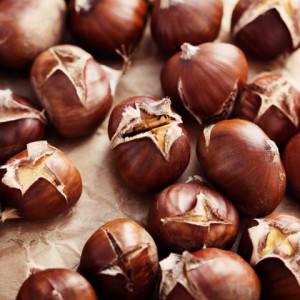
For blood vessels
Chestnuts, although they do not belong to fatty foods, but in the chemical “cut” contain essential fatty acids, including linoleic, palmitic and oleic, which are responsible for the strength and elasticity of blood vessels. Another good news: these nuts not only contain a low concentration of cholesterol, but also clean the vessels of the already accumulated excess unhealthy fat.
For the thyroid gland
The thyroid gland is the largest gland of the endocrine system. It produces two important hormones: triiodothyronine and thyroxin. It also regulates the rate at which the body uses energy, synthesizes proteins and regulates the body’s sensitivity to hormones. Ellagic acid, contained in chestnuts, regulates the performance of the thyroid gland, in particular, it is useful for hyperactivity of the gland. Acid suppresses excessive secretion of the thyroid gland.
For digestion
Chestnuts contain a lot of fiber, which is necessary for the healthy circulation of digestive products in the system. However, with insufficient water intake, fiber, on the contrary, causes constipation. But chestnuts are a unique product in which dietary fiber and water are combined in adequate proportions, making these nuts simply ideal for improving the digestion process.
For weight loss
Excess weight is not only an aesthetic problem. Different degrees of obesity cause disturbances in the body. But losing weight should be gradual, so as not to serve as stress for the body. And chestnuts are the best fit for the program of proper weight loss. They almost do not contain fat, but for a long time they provide satiety. In addition, they serve as an excellent source of the necessary minerals and vitamins, as well as prevent the accumulation of excess fluid in the tissues.
For heart
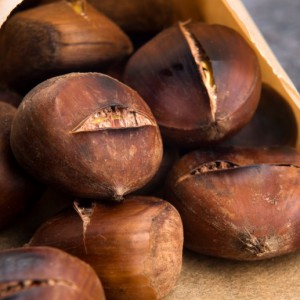
Powerful antioxidant
Large amounts of vitamin C, gallic and ellagic acid make chestnuts a strong and effective antioxidant. Antioxidant substances are important for the body to eliminate toxins and resist free radicals. Free radicals are formed in the body as a result of the reactive interaction of molecules with active oxygen. Uncontrolled growth of free radicals destroys the cells of the body, causes disruptions in the structure of DNA and eventually causes malignant tumors.
Chestnuts with their powerful antioxidant properties are responsible for detoxifying the body and optimizing the immune system.
Prevention of stone formation
Oxalates are ions that increase the risk of deposits of stones in the body. In particular, calcium oxalate is the culprit in kidney stones and gall bladder. Oxalate levels in the body are directly dependent on the concentration of these substances in food. It is pleasant that chestnuts belong to products with a low content of oxalates. And the magnesium present in the nuts regulates the distribution of calcium in the body: it ensures maximum mineral deposition in the bones with minimal entry into the bloodstream, thereby preventing the formation of stones.
Benefits for pregnant women
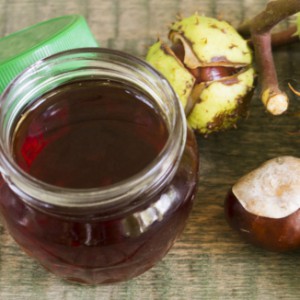
Chestnut treatment
Severe diarrhea (for example, with dysentery) can cause severe dehydration, and this is already a big problem. In alternative medicine, chestnut is often referred to as an astringent. Researchers after several observations agreed: the bark of a tree and its nuts help stop diarrhea. The water in which the fruits were boiled (together with the shell) or bark is rich in tannins with medicinal properties. A natural medicine is prepared from 3 tablespoons of chopped bark or nuts and 1 liter of water (cook for 20 minutes). Broth take 2-3 cups per day. But it is worth noting that this folk remedy is not suitable for babies, since tannins badly affect unformed organisms.
Researchers confirm that chestnuts contain substances that act on the body as expectorant drugs. This ability of chestnut is actively used by pharmacists and phytotherapists, creating cough syrups with an extract of this plant.
And in India chestnuts are used to remove worms from the body.
Possible side effects
Chestnuts are an extremely rich source of water-soluble vitamin B6. Overdose cases of water-soluble vitamins are rare, because these substances do not stay in the body for a long time. But regular use of B6 for a long time can cause disturbances in the brain and disorders of the nervous system.
Chestnuts are a nut allergen that, in some cases, can trigger anaphylactic shock.
How to choose and store
On the Eurasian continent, chestnuts appear on the markets from October and do not lose their popularity until March. But still the peak of sales comes in December. When buying raw nuts, it is better to give preference to large and fresh specimens. To check the freshness of the fruit will have to cut one of them and assess the flesh and color of the kernel under the skin. Do not take nuts with a greenish vein between the outer shell and the core. Good chestnuts should be heavy enough (for their size).

What to cook
In the old days, the natives of the American continent used chestnuts as one of the staple foods (just like potatoes today).
Nowadays, one of the most popular in the world is roasted chestnuts. To prevent the nut from “exploding” during frying, make several small cuts on the peel. In Japan, steamed chestnuts are a popular fall dish. In Korea, a dessert is prepared from chestnuts, fruit marmalade, pine nuts and glutinous rice. Koreans serve this delicacy to the New Year’s table. Thanksgiving Americans also use chestnuts as a filling option for traditional turkey. In Tuscany, chestnut flour is prepared from dried and ground fruits. It, like wheat, is suitable for bread, pies, donuts or pancakes, it is used as a thickener in sauces, soups and other dishes. In Western Europe, glazed chestnuts and oil from these nuts are popular. From fried and chopped fruits make a coffee substitute.
Horse chestnut and edible: is there a difference?
But the famous horse chestnut – not only inedible, but also belongs to another family of trees. And it should immediately be said that edible chestnuts, or as they are sometimes called “breadfruit,” are found only in warm regions – they do not tolerate cold winters.
Both trees are different in appearance. Horse chestnut is a well-known tree with inflorescences “candles” and no less spectacular leaves. “Breadfruit” blooms with “earrings”, and its leaves are usually elongated, sharp-toothed.
And although horse chestnut and is not suitable for food, it has other advantages. The healing properties of this plant are useful for the treatment of varicose veins, thrombophlebitis and other vascular diseases. Ripe horse chestnut fruit is used to massage the legs, and turning over in the hands of several fruits, you can relieve nervous tension.
In the cold season, it seems, the entire northern hemisphere envelops the sweet and rich aroma of roasted chestnuts. These fruits have been a valuable food for many centuries in different cultures. It is believed that the Chinese have been consuming these nuts for six thousand years, the Europeans for about three thousand years. The ancient Greeks loved chestnuts even more than almonds, hazelnuts or walnuts. No less popular this product today. True, in our time, thanks to many studies, much more is known about its useful properties than representatives of ancient civilizations.
